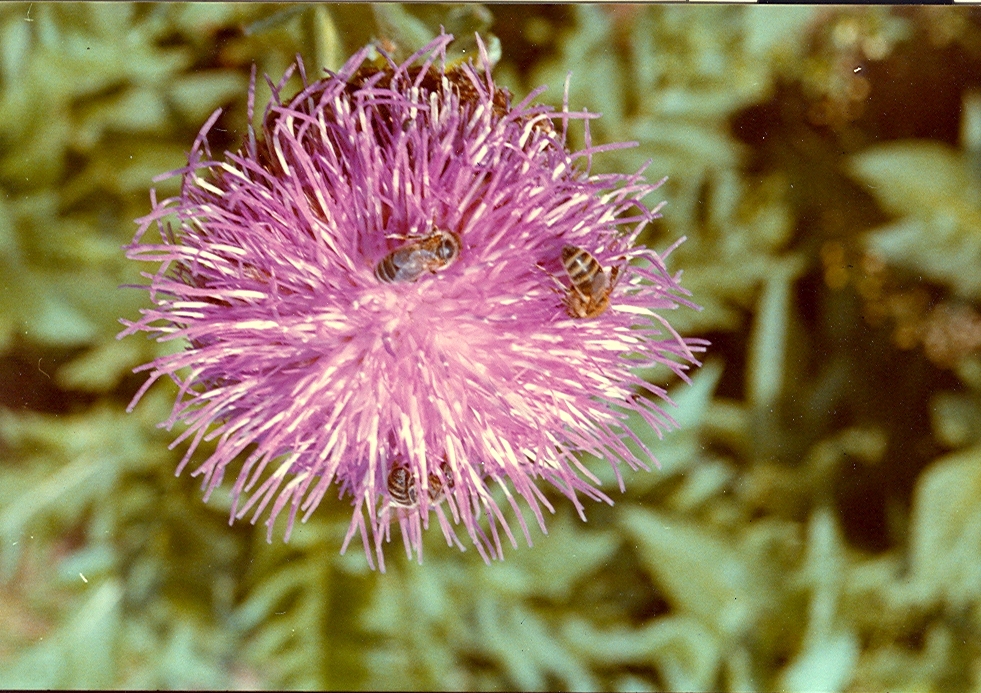Maral Root - Leuzea carthamoides

Common Names: Maral Root, Leuzea, Maral root, Maral, Rhaponticum carthamoides, Leuzea carthamoides, Leuzea root, Maralí kořen, Maral root, Maral root extract, Rhaponticum, Saflor, Safflower Leuzea, Safflower Rhaponticum, Russian Leuzea, Leuzea safflower, Parcha root, Parcha, Leuzea safflower, Leuzea rustling, globe thistle, Asteraceae Leuzea
Latin Name: Leuzea carthamoides
Origin: Asia
Short Introduction
Maral Root, or Leuzea, is very easy to cultivate. Sow seeds in well-drained soils rich in nutrients. Leuzea is a perennial herb; in the first year, it forms only a rosette of leaves, while in the following years it reaches its characteristic height. For harvesting Maral root, do so as late in the autumn as possible.
Detailed Description
Short Introduction
Maral Root, also known as Leuzea carthamoides, is a powerful adaptogen prized for its ability to promote resilience, vitality, and well-being. Often considered a tonic for both body and mind, Maral Root has a deep history in Siberian folk medicine.
Botanical Information
Leuzea carthamoides, commonly known as Maral Root, is a perennial herb in the Asteraceae (daisy) family, bearing a strong resemblance to the common thistle. Its long, alternate, pinnate leaves often have a velvety underside. This plant is notable for its vibrant purple, globe-shaped flower heads, and can grow as tall as 180 cm (about 6 feet)—as tall as an adult man.
Origin and Distribution
Maral Root is native to the Siberian meadows of northeastern Russia. Legend has it that the first settlers of Siberia observed native Maral deer digging out Leuzea roots in autumn and consuming them in abundance. This unique behavior helped the deer survive harsh winters and resulted in robust offspring each spring. Due to its resilience, Maral Root can now be successfully cultivated in other climates, including Europe.
Usage / Dosage
Maral Root has been highly valued for centuries as a potent adaptogen that enhances the body's ability to cope with stress, fatigue, and environmental fluctuations. It is traditionally used to build both physical and mental strength, and sometimes as a natural anabolic to promote muscle mass development without the common side effects of hormonal substances.
Eastern European researchers extensively studied Maral Root in the twentieth century, reporting its positive influence on survival rates and adaptability to harsh or extreme conditions in laboratory animals. It particularly supports healthy weight gain and development in growing animals.
While the benefits are more significant for those in poor health, healthy individuals may also experience improved vitality, prevention against aging, and increased drive and productivity from Maral Root’s regular use. Reports show enhanced endurance, better focus, quicker reflexes, and reduced fatigue and recovery time in athletes. Water-based solutions and supplements containing Maral Root are widely available, particularly in Russian pharmacopoeia.
Folk medicine commonly uses Maral Root to stimulate the immune system and to support recovery from infections, mononucleosis, Lyme disease, hepatitis, cysts, and inflammatory skin disorders. It is also recommended during exhaustion, convalescence post-surgery, or after chemical intoxication. There is emerging evidence supporting the use of Maral Root to ease side effects after chemotherapy or radiation by modulating immune response and providing antioxidant support.
Maral Root is also used traditionally for its pain-relieving and anti-inflammatory effects—especially for headaches, migraines, and back pain. The plant works as a tonic boosting central nervous system activity, improving memory, learning, and even helping address mild psychoses, phobias, Parkinsonian symptoms, and neuroses.
Some healers use Maral Root as an aphrodisiac for both men and women, to enhance fertility and sexual vitality. It can help support liver and kidney health, digestive harmony, blood sugar and cholesterol balance, bone strength, and detoxification processes—especially the elimination of metabolic toxins such as alcohol by-products.
It mildly increases appetite and digestion, slightly raises blood pressure, and is said to improve feelings of optimism, reduce mild depression, and calm irritability.
Active Compounds
Maral Root contains steroidal compounds—particularly ecdysones (inokosterones and ecdysterones, especially abundant in spring). The active 20-hydroxyecdysone can boost protein synthesis. The root is rich in proteins, fatty acids, vitamins (provitamin A and vitamin C), alkaloids, essential oils, tannins, coumarins, various flavonoids, minerals (notably phosphorus), polysaccharides (including inulin), saponins, resins, polyacetylenes, triterpenoid glycosides, thiophene derivatives, and fiber. It also contains a notable group of sesquiterpene lactones (such as cynaropicrin and cebelin E). Due to these rich compounds, Maral Root is sometimes recommended for animal feed in agriculture.
Traditional Dosage
The traditional preparation involves a decoction of the root: Boil about 2 teaspoons of chopped root for 1 minute, then let steep for 20 minutes. Enjoy one cup in the morning and at noon. Maral Root tinctures—prepared by soaking roots in alcohol—are typically taken at a dose of 15 drops at the same times of day.
